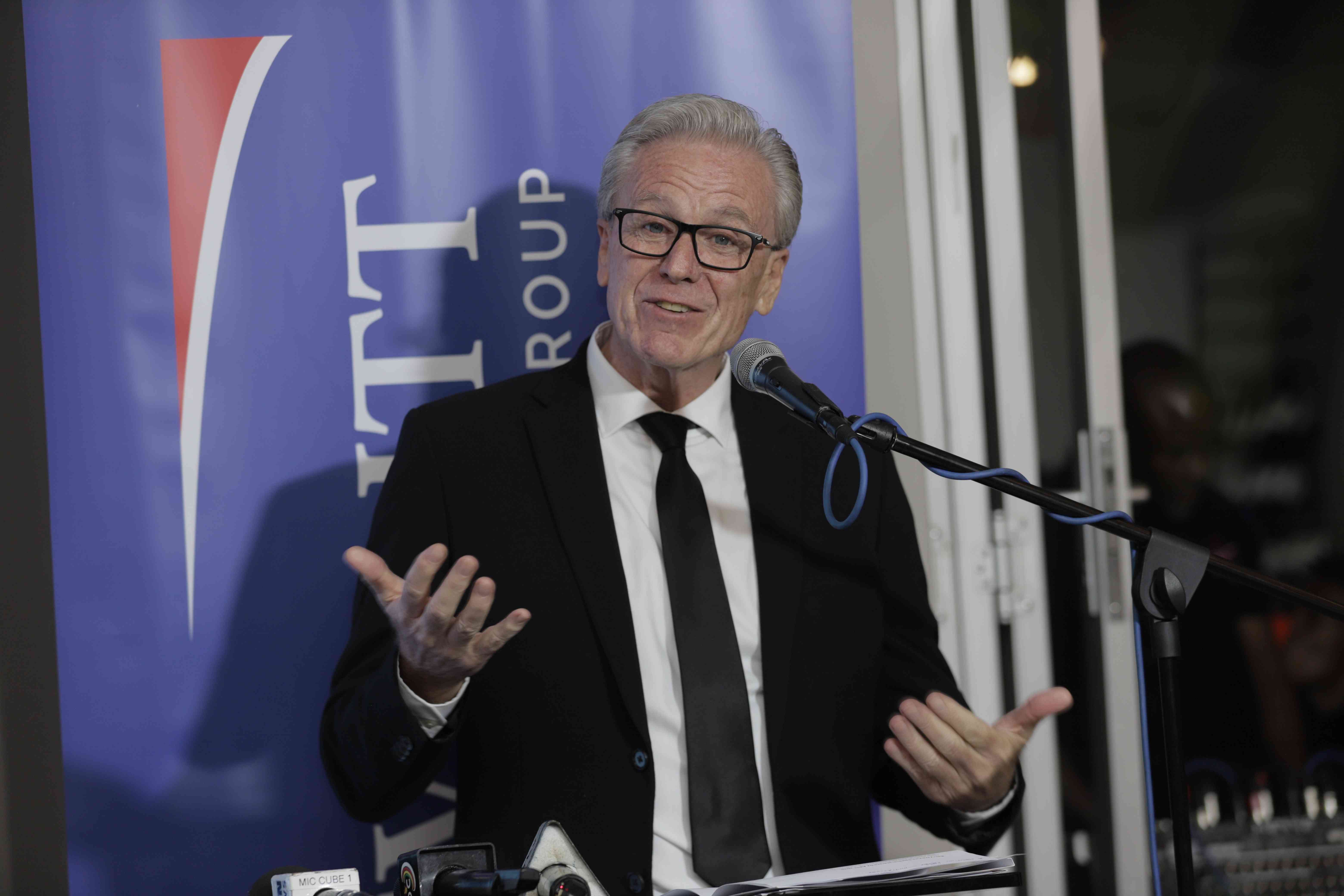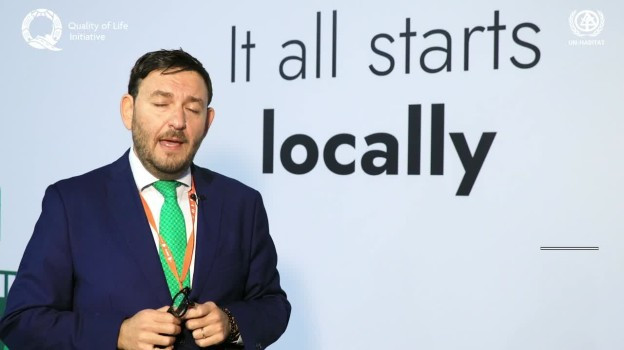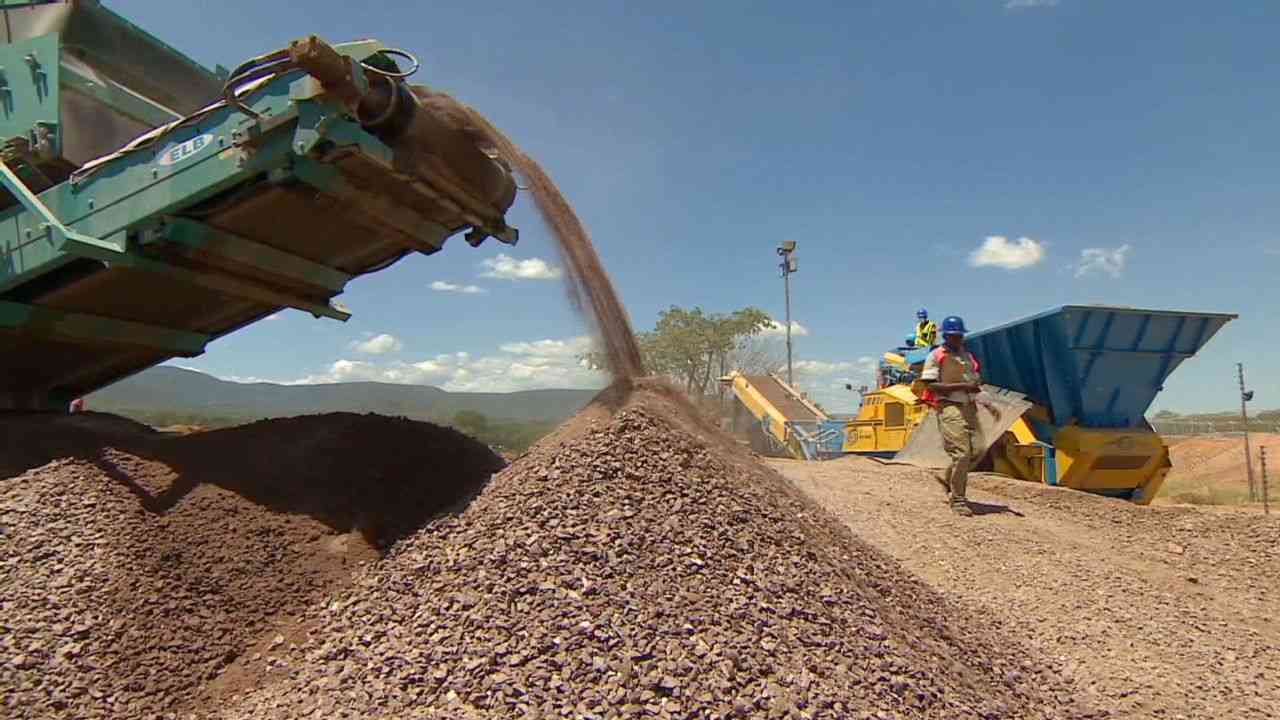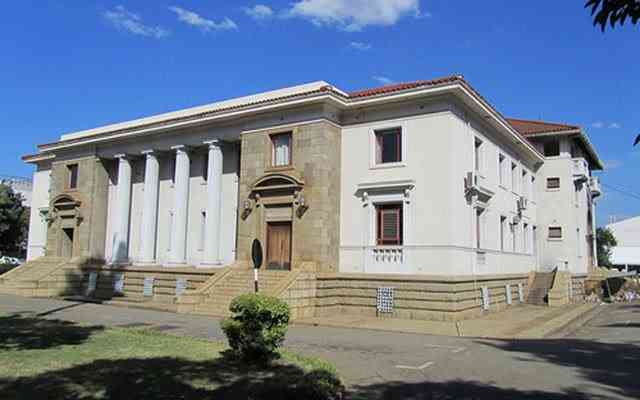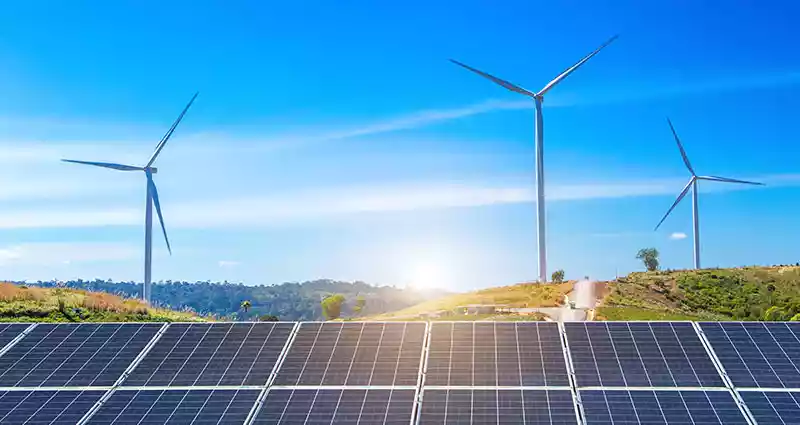
THE government is targeting power amounting to 1 Gigawatt (GW) coming from Independent Power Producers (IPPs) as the country grapples to find a solution to address the current crippling power shortages.
The country since the third quarter of 2022 has been battling power challenges that saw some households running for 18 hours without power and industry has not been spared by the crisis.
Lack of foreign currency to import power from regional peers, antiquated equipment at Hwange Power Station and depleting water levels at Kariba Hydro Power Station saw the country casting an eye on IPPs as a possible solution to the power situation.
According to a 2023 report by research think-tank, IH Securities, the country is likely going to anchor its power generation prospects on IPPs during the course of the year.
“IPPs in Zimbabwe are currently contributing less than 1,5% of domestic generation. Given the deteriorating situation, the government has recently signed an implementation agreement to expedite the commissioning of 1 GW of projects with competitive tariffs”, stated the report.
The country has spent over US$1 billion on importing power alone over the last decade and an average of US$20 million per month in 2022.
“Power imports in 2022 were averaging US$20 million monthly at a cost of circa USc8,5/kWh. According to Zesa, effective local tariffs accounting for exchange rate depreciation stood at USc6/kWh versus a production cost of USc9,5/kWh” stated the report.
The country has an installed capacity of 2 412 megawatts (MW), an operating capacity of 619MW and a peak demand of 1 850MW.
- Zim headed for a political dead heat in 2023
- Record breaker Mpofu revisits difficult upbringing
- Tendo Electronics eyes Africa after TelOne deal
- Record breaker Mpofu revisits difficult upbringing
Keep Reading
The shutting down of the Kariba Power Station due to depleting water levels saw the country taking a strain and failing to produce enough electricity.
“Power generation in the second half of the year fell to below a third of peak demand as a section of the main power generator Kariba South hydroelectric plant was shut down due to low water levels, increasing blackouts.
“The ongoing power crisis in South Africa and Tanzania has increased competition for available excess power within the region, with Zimbabwe becoming a casualty,” reads the report.
The increase in mining activities also increased the demand for power in the country.
According to the report, power demand is expected to reach 3 500MW by 2025.
The Hwange Unit 7 was expected to come online in January this year but there have been delays to date.
Renewable energy technologies have continued to dominate the licensed power projects under construction giving hope to increase cleaner and sustainable power supplies in the country by 2025.
According to the Zimbabwe Energy Regulatory Authority, several solar projects are at an advanced stage of construction and are expected to come online by the end of the year.

